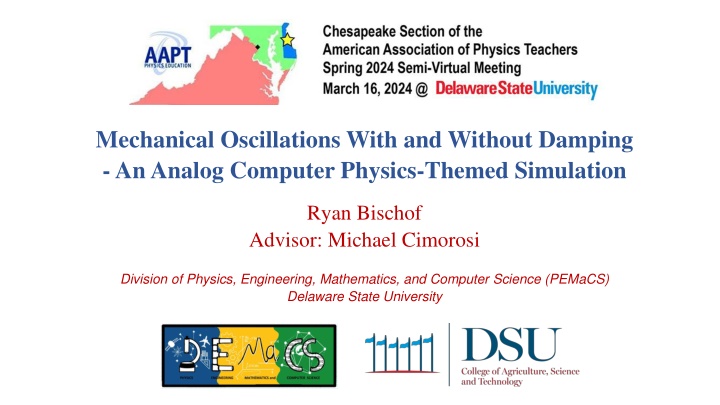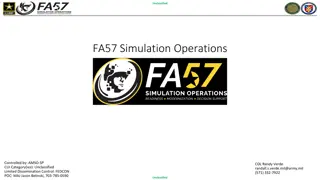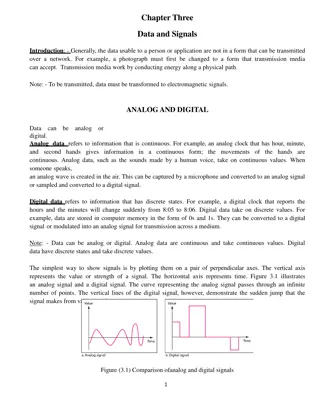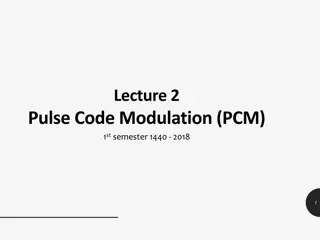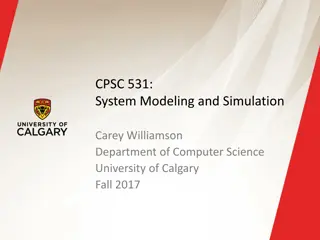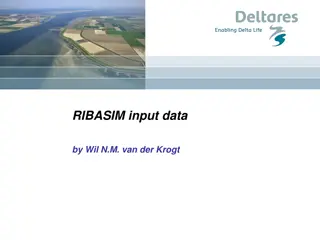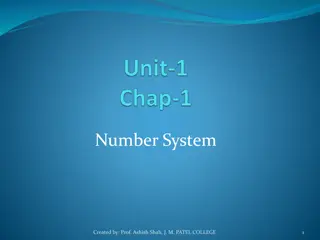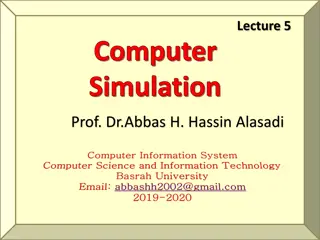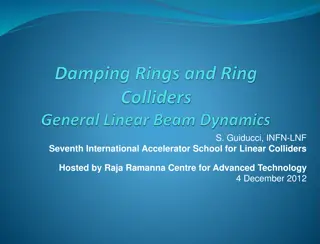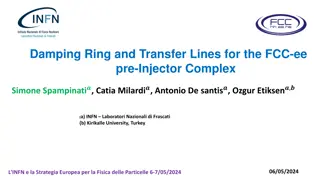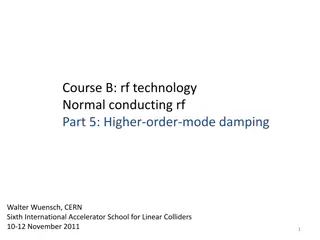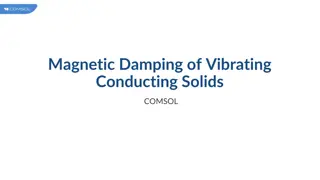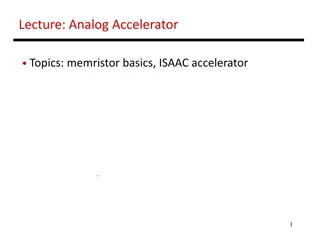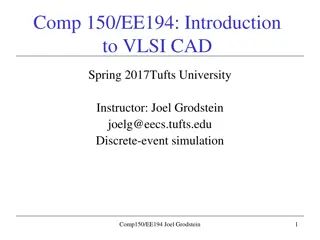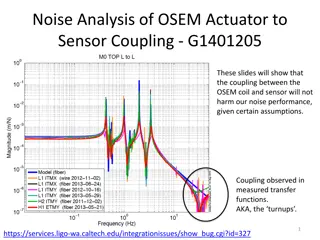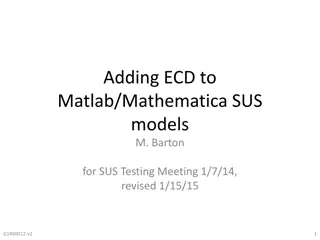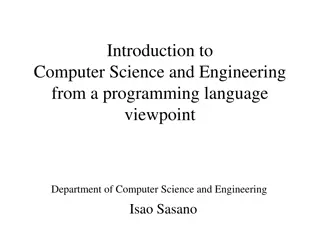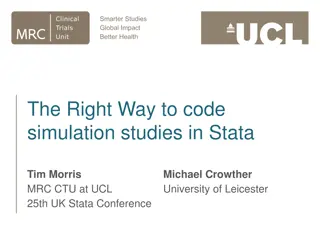Analog Computer Simulation of Mechanical Oscillations with Damping
Explore the analog computer simulation of mechanical oscillations with and without damping in a physics-themed project. Students can visualize classical physics concepts through hands-on analog circuit design, modeling spring-mass systems and RLC circuits. The project involves constructing a breadboard analog computer to display solutions on an oscilloscope, following second-order linear differential equations. The demonstration showcases the behavior of spring-mass systems, providing an instructional approach for understanding dynamic systems.
Download Presentation

Please find below an Image/Link to download the presentation.
The content on the website is provided AS IS for your information and personal use only. It may not be sold, licensed, or shared on other websites without obtaining consent from the author.If you encounter any issues during the download, it is possible that the publisher has removed the file from their server.
You are allowed to download the files provided on this website for personal or commercial use, subject to the condition that they are used lawfully. All files are the property of their respective owners.
The content on the website is provided AS IS for your information and personal use only. It may not be sold, licensed, or shared on other websites without obtaining consent from the author.
E N D
Presentation Transcript
Mechanical Oscillations With and Without Damping - An Analog Computer Physics-Themed Simulation Ryan Bischof Advisor: Michael Cimorosi Division of Physics, Engineering, Mathematics, and Computer Science (PEMaCS) Delaware State University
RLC Circuit Simple Harmonic Motion L - inductance R resistance C capacitance E(t) voltage source m - mass b damping coefficient k spring constant f(t) external force Both spring-mass systems and RLC circuits can be modeled by second-order constant-coefficient differential equations.
We constructed a breadboard analog computer with currents following a second-order linear differential equation to model the position of a sliding block attached to a massless spring in two cases (1) with damping and (2) without damping. Solutions displayed on an oscilloscope An instructional approach for students to visualize classical physics through hands-on analog circuit design
We drew the diagram of analog computer breadboard connection and mathematics flow.
Finally, we built the breadboard circuit according to the diagram.
When we connect the batteries to the circuit and have the initial conditions set right, we see these displayed on the oscilloscope. They behave exactly the same as the oscillation of a spring-mass system with or without damping.
Enjoy the demonstration! https://www.youtube.com/watch?v=syRmXpcJmA8
